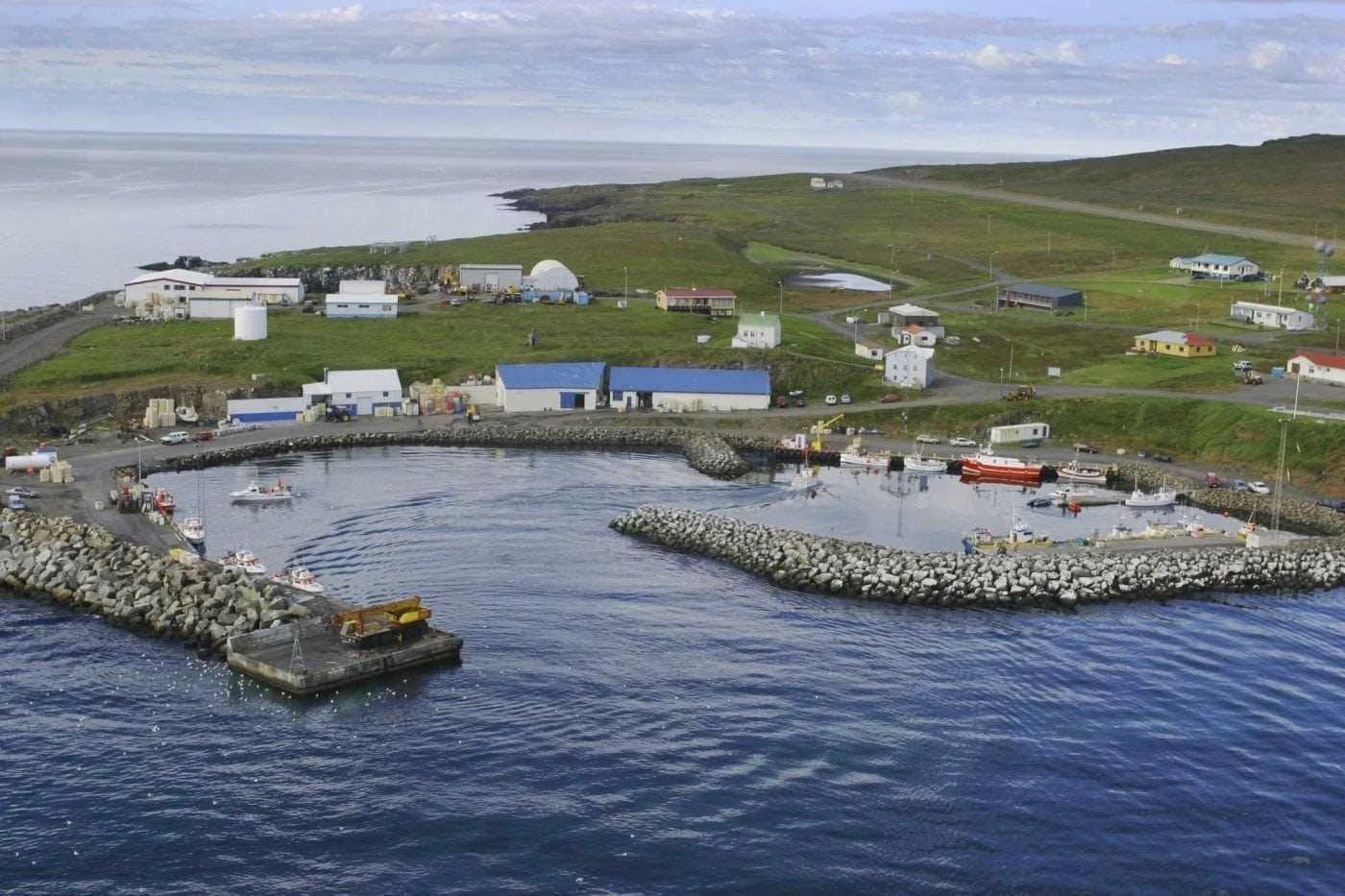
Grímsey: Arctic Island Home to 20 Residents and 1 Million Birds
Great Idaho Gateway – Grímsey, a 6.5-square-kilometer island 40km off Iceland’s northern coast, is one of Europe’s most remote settlements and a haven for seabirds. Known as Iceland’s northernmost inhabited point and the only part of the country within the Arctic Circle, this windswept island offers a unique blend of dramatic nature and isolation.
Even on a bright August day, Grímsey’s relentless winds sliced through our waterproof layers, nearly strong enough to push us off balance. Equipped with wooden walking sticks, my husband and I navigated the island’s rugged basalt cliffs. These sticks weren’t just for stability but for fending off dive-bombing Arctic terns fiercely guarding their nests. Along the way, we spotted puffins, stragglers from their seasonal migration, which peaks in April when thousands return to nest.
Until 1931, reaching Grímsey required boarding a small boat delivering letters twice yearly. Today, a 20-minute flight from Akureyri or a three-hour ferry from Dalvík transports adventurers to the island’s rocky shores. Visitors arrive eager to experience its wildlife and the rugged beauty of one of Iceland’s most extreme landscapes.
The island hosts a thriving ecosystem. Puffins, Arctic terns, black-legged kittiwakes, razorbills, and guillemots populate the cliffs, while free-roaming Icelandic horses and sheep graze peacefully. The seabird population outnumbers Grímsey’s 20 human residents by an astonishing 50,000 to one.
“5 Budget-Friendly Hotels in Singapore for Thrifty Travelers”
“You won’t believe it, but only 20 of us live here full time,” said Halla Ingolfsdottir, a local tour guide and owner of Arctic Trip. Born in Reykjavík and raised in southeast Iceland, Halla first began spending extended time on Grímsey after visiting her sister, who had moved there years earlier to marry a local fisherman. After over two decades of part-time residency, she made Grímsey her full-time home in 2019, a decision she says she has never regretted.
“People assume I moved here for love, but it was the island itself that captured my heart,” Halla explained. “The magic lies in how the islanders live and in the powerful nature here. Each season offers something unique: winter brings darkness, storms, and the Northern Lights; spring welcomes light and the return of the birds. Every moment feels special.”
Halla’s life on Grímsey is far from idle. In addition to managing Arctic Trip, she operates a nine-room guesthouse in her home, welcoming visitors to experience the island’s charm. Her responsibilities extend to ensuring the island’s essential infrastructure functions smoothly. Once a day, she visits the power station to check Grímsey’s diesel generator, which supplies electricity to the remote island, as it remains off Iceland’s national power grid.
“People often ask if I ever get bored, but my days are packed,” Halla shared. “We do the same things as mainlanders—work, go to the gym, and exercise—but the nature here keeps me grounded. Its raw power and beauty are what make this place extraordinary.”
Grímsey lacks essential services such as a hospital, doctor, or police station, but the community has adapted with remarkable resilience. In emergencies, the Coast Guard and emergency services train the islanders to take immediate action. “Living here requires flexibility and readiness for various situations,” explained Halla Ingolfsdottir. “We are trained for first response, and a doctor visits every three weeks by plane.”
The island’s settlement, Sandvík, lies on the southwestern side and features a small cluster of homes, many of which double as guesthouses for tourists. Sandvík also houses a school building now used as a community center, a handicraft gallery and café offering Icelandic wares, and a modest grocery store that opens for just an hour daily. Other amenities include a restaurant with a bar, a swimming pool, a library, a church, and an airstrip that doubles as a landing spot for Grímsey’s abundant bird population.
Grímsey’s history is steeped in local legend. Its name is tied to a Norse settler named Grimur, believed to have sailed from Western Norway’s Sogn district. The island’s first recorded mention appears in the Heimskringla, a saga from 1024, which recounts Norway’s King Ólafur requesting Grímsey as a gesture of friendship. Local leaders refused, valuing the island for its rich fish and bird resources.
Grímsey faced near collapse in the late 18th century due to pneumonia outbreaks and hazardous fishing conditions. Small rowboats and treacherous weather, coupled with the lack of a natural harbor, made landings risky. Despite these challenges, the community persevered, bolstered by fishermen from the mainland and traders from nearby Húsavík. Today, Grímsey continues to thrive, sustained by its resilient spirit and unique way of life.
“The Complete Information From Wikipedia About Grímsey”